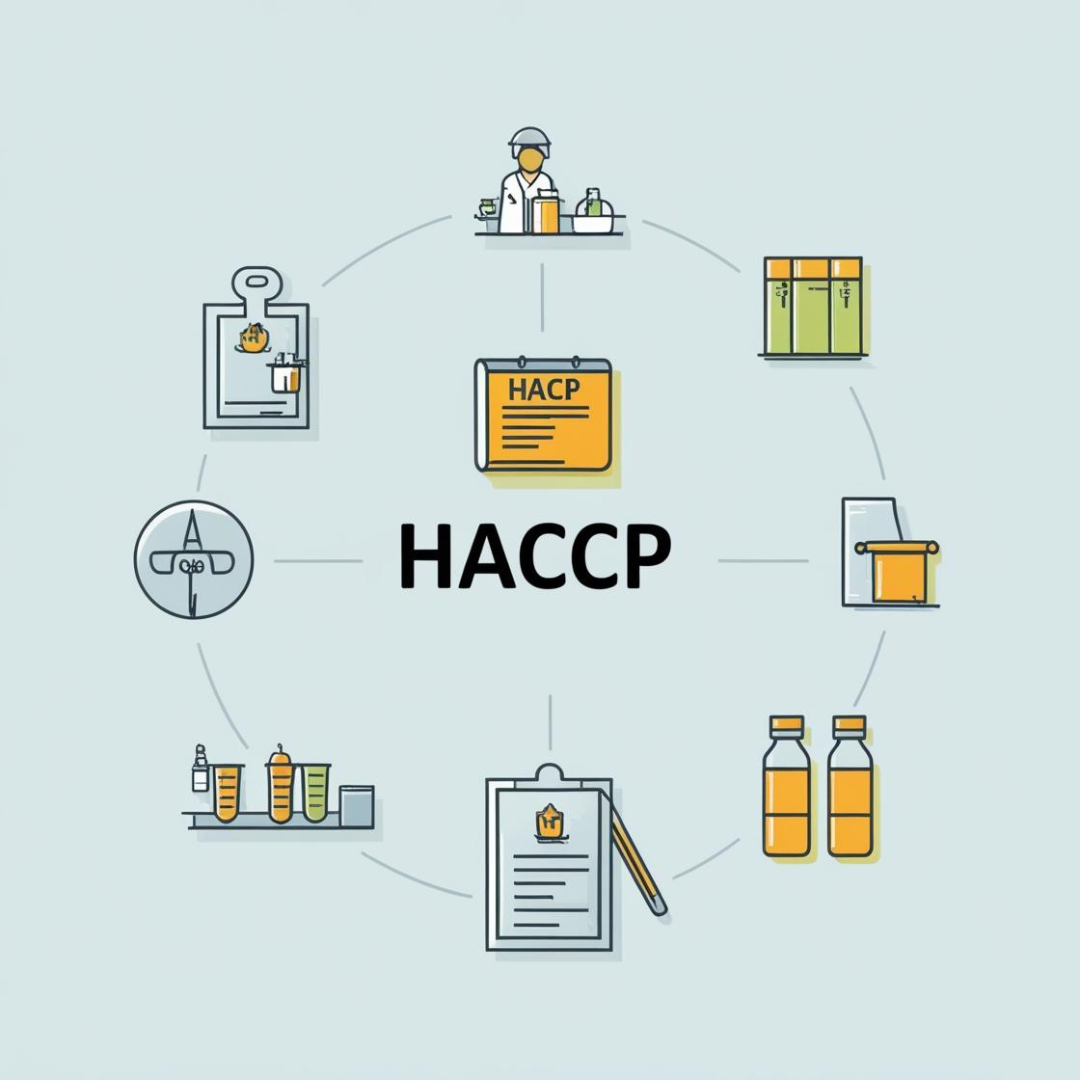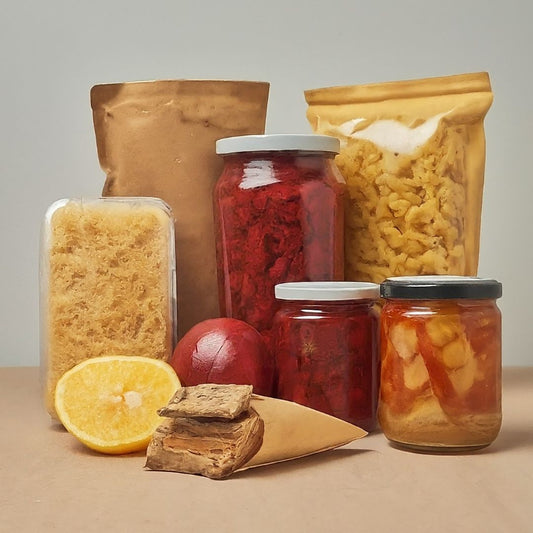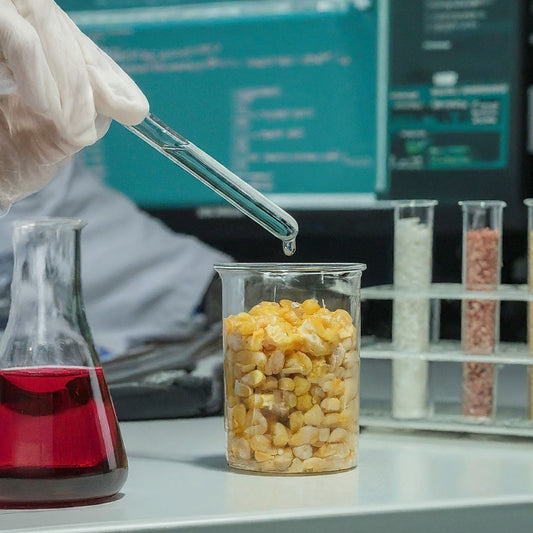🌿 Biointelligent Food Systems – The Future of Smart Nutrition and Adaptive Foods
Share
The food industry is entering a new era — one where biology, technology, and data intelligence unite to create biointelligent food systems. These systems go beyond providing nutrition; they interact, respond, and adapt to our body’s real-time needs and the surrounding environment.
Let’s dive into what this means for the future of food, health, and sustainability.
🔬 What Are Biointelligent Food Systems?
Biointelligent Food Systems combine biotechnology, nanotechnology, biosensing, and artificial intelligence (AI) to create foods that can sense, analyze, and respond to biological or environmental cues.
These systems may:
Adjust nutrient release based on individual needs
Detect contamination or spoilage
Interact with gut microbiota to promote health
Communicate with wearable devices to sync dietary needs in real-time
Simply put, they are smart food systems that “think” and “react” like living organisms to keep you nourished, safe, and healthy.
🌾 Real-Time Examples
1. Smart Yogurts and Probiotic Foods
Researchers in Switzerland are developing probiotic yogurts that activate beneficial bacteria only when they detect gut imbalance or acidity.
These products can improve gut health efficiency and prevent unnecessary bacterial overgrowth.
2. AI-Linked Personalized Meal Kits
Startups like NutriSense and Habit are using real-time health data (blood sugar, heart rate, and metabolism) to recommend adaptive meal plans.
The next step is integrating this data directly into “smart foods” that alter nutrient delivery accordingly.
3. Self-Monitoring Food Packaging
Companies like Insignia Technologies (UK) and Mimica Touch have developed color-changing smart labels that show when food is losing freshness.
Future packaging could automatically release antimicrobial compounds when spoilage begins — making it “biointelligent.”
4. Nanobiosensor- Embedded Foods
Research is exploring nano-sensors that can be added to beverages or snacks to detect nutrient deficiencies or pathogens instantly, ensuring both safety and optimal nutrition.
5. Bioengineered Functional Foods
Through synthetic biology, food scientists are designing foods that can repair minor gut issues or regulate metabolism — effectively acting as “living supplements.”
⚙️ Applications
✅ Personalized Nutrition – Foods designed for your unique microbiome, genetics, or lifestyle.
✅ Food Safety & Traceability – Real-time detection of pathogens, allergens, or toxins.
✅ Shelf Life Enhancement – Adaptive packaging that reacts to spoilage or humidity.
✅ Healthcare Integration – Smart meals that respond to blood sugar or cholesterol levels.
✅ Sustainability – Reduced waste through precision nutrition and spoilage prevention.
🌱 Pros
✔️ Tailored nutrition for individuals
✔️ Early detection of foodborne diseases
✔️ Reduced food waste and overconsumption
✔️ Promotes preventive healthcare through diet
✔️ Supports sustainability by optimizing nutrient use
⚠️ Cons
❌ High development and production costs
❌ Ethical and privacy concerns (biometric data tracking)
❌ Potential regulatory hurdles for AI-integrated or reactive foods
❌ Consumer hesitation toward “living” or tech-based foods
❌ Data accuracy and risk of overreliance on devices
🚀 Future Outlook
In the coming decade, we might see foods that monitor our gut, adjust nutrients dynamically, and even communicate with our health trackers.
Imagine:
🥣 Breakfast cereals that adjust fiber and protein content based on your previous day’s diet.
🥤 Drinks that activate antioxidants only when oxidative stress is detected.
🥗 Packaged meals that send freshness alerts to your smartphone.
These advancements point toward a future where food is no longer passive — it becomes an active participant in our health and environment.
🧠 Conclusion
Biointelligent food systems represent the convergence of biology, data, and design. While challenges remain in affordability, regulation, and consumer acceptance, the potential to revolutionize health, sustainability, and personalization is enormous.





